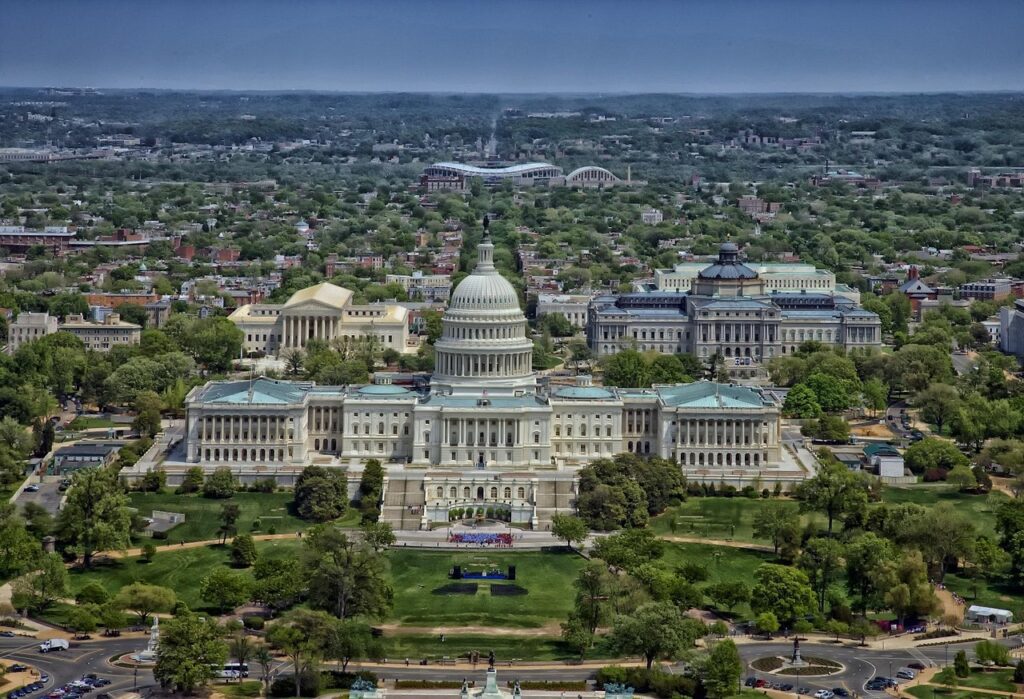We may earn money or products from the companies mentioned in this post. This means if you click on the link and purchase the item, I will receive a small commission at no extra cost to you ... you're just helping re-supply our family's travel fund.

Recent IRS migration releases highlight a pattern that feels both technical and deeply human. High earners with options are picking up and leaving certain states, shifting not only tax bases but also philanthropy, investment, and leadership networks. The numbers track addresses and adjusted gross income, not motives, yet clear themes surface: tax policy, housing pressure, quality of life, and flexible work. Together they reveal where affluent residents feel pushed, where they feel pulled, and how quickly assumptions about “sticky” wealth can change.
California, High Costs Meet High Options

California shows one of the largest net outflows of top earners, with IRS data and independent reviews tying billions in adjusted gross income to departures between 2020 and 2022. Many still arrive and many stay, yet those leaving are often older, mobile households chasing lower tax burdens, easier hiring, and cheaper space in states like Texas, Nevada, and Florida. The story is less collapse than quiet rebalancing, as tech, film, and venture hubs learn that elite talent now treats residency as a negotiable line item.
New York, Tax Base Under Pressure

New York’s relationship with wealthy residents has become fragile. IRS-linked data show persistent net outflows of high earners, especially from New York City, with income trailing toward Florida, Texas, and nearby suburbs that feel calmer and less heavily taxed. Remote work broke the old assumption that finance and media leaders must sleep within subway range. Yet the state still holds a dense share of million dollar filers, leaving policymakers balancing progressive ideals with the arithmetic reality of a narrow group funding a large slice of services.
Illinois, Chicago’s Quiet Wealth Drain

Illinois continues to post notable losses of high income filers and AGI, with Chicago at the center of that erosion. IRS migration tables and state level reads point toward departures to Indiana, Florida, Texas, and other relatively low tax locales, often framed around frustration with property taxes, debt concerns, and public safety narratives. The state still hosts significant corporate and professional wealth, yet each year’s net loss trims flexibility and heightens scrutiny of how effectively leaders convert revenue into visible stability.
New Jersey, Squeezed Between Coasts

New Jersey has long carried high earners who commute to New York or build firms at home, but IRS based migration work shows a consistent net outflow, including affluent households. Some shift deeper into the Mid Atlantic and Southeast, trading high property taxes and dense regulation for larger lots and leaner bills. At the same time, the state still attracts some wealthy filers and maintains strong incomes, which makes the signal subtle rather than catastrophic. The pressure sits in the margins, where a few thousand departures move large revenue lines.
Massachusetts, Affluent Flight At The Edges

Massachusetts combines elite universities, hospitals, and firms with policies that ask more from top incomes, including the new surtax on earnings above one million. Early readings of IRS migration and advisor surveys suggest a measurable but modest uptick in wealthy households exploring New Hampshire, Florida, and other lower tax options. The number of millionaires has grown over time, yet outflows matter because each high earner contributes significantly to revenue. The state now tests whether quality of life and strong services can offset rising structural costs.
Washington, Policy Experiments And Pushback

Washington, long popular for its lack of wage income tax, has introduced new taxes on capital gains and debated broader wealth levies. Recent analysis of IRS migration data cited by policy groups shows concerning outflows among higher income taxpayers, especially entrepreneurs and investors sensitive to marginal changes. Some research disputes the scale, but the perception of shifting rules alone can prompt relocations to states seen as more predictable. The state sits at a crossroads, weighing ambitious revenue tools against a reputation that once screamed opportunity and simplicity.
Connecticut, Legacy Wealth Looking South

Connecticut’s hedge fund suburbs and coastal enclaves still house dense wealth, yet IRS based migration snapshots over the past decade show steady net outflows toward Florida and other low tax states. Many high earners remain, and some newcomers arrive, but departures of even a small share of ultra wealthy filers ripple through estate, income, and local tax collections. The tension lies between maintaining strong public services, correcting fiscal gaps, and signaling that long term residents are valued partners, not endlessly flexible revenue sources.